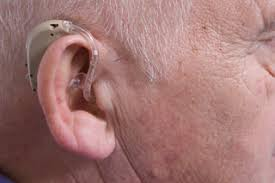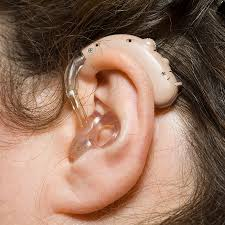A hearing aid is an electronic piece of equipment that is small enough to fit behind or in your ears. They work by amplifying sound so people with loss of hearing may improve their speech and hearing.
Today, there are many different hearing aids on the market. These include prescription and OTC hearing aids. You can work with your healthcare provider to find the right solution for you. For a Bristol Audiologist, contact https://www.imperialhearing.com/audiologist-near-me/bristol/
Hearing aids are made up of different components which work together to amplify sound.
Three basic parts of a hearing aid include:
- A microphone.
- The amplifier.
- A speaker (receiver).
The microphone is the one that receives sound which then changes the sound waves into electrical signals to send to the amplifier. This amplifier then sends sounds directly to your ears through a small speaker.
Hearing aid batteries
Hearing aids run on batteries. Some hearing aids are powered by disposable (traditional) batteries. Most hearing aids today have a rechargeable battery built in. You can charge your hearing devices just as you would a smartphone.
Who can benefit from hearing devices?
Sensorineural hearing loss can be caused by:
- Loud noises.
- Certain medications.
Who is responsible for hearing aid fittings and evaluations?
Audiologists are usually the ones who perform hearing aid examinations.
A hearing specialist must first perform a test. This test determines if you suffer from hearing loss and if hearing aids could be beneficial.
A hearing specialist will fit you with a custom-made hearing aid if you are a candidate.





